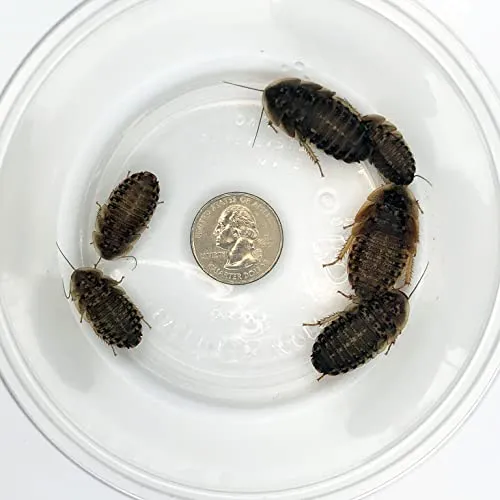What is Tarantula Hair and Why Do They Throw It?
Tarantula hair, also known as urticating hairs, is a unique defense mechanism employed by many tarantula species. Unlike the venomous bite, these hairs cause irritation upon contact, deterring potential predators. Understanding tarantula hair is crucial for responsible pet ownership, allowing enthusiasts to handle their spiders safely and minimize the risk of adverse reactions. These hairs are not just a nuisance; they are an integral part of the tarantula’s survival strategy, making it essential to comprehend their function and how to manage them effectively. The study of these hairs is vital, helping to maintain both human and arachnid well-being.
Understanding Urticating Hairs
Urticating hairs are specialized bristles located on the tarantula’s abdomen. When threatened, the tarantula will flick these hairs towards the perceived danger. The hairs are covered in tiny barbs, making them incredibly irritating upon contact with skin or mucous membranes. The irritation can range from mild itching to severe allergic reactions, depending on the individual and the amount of exposure. These hairs are not always visible to the naked eye, and their presence can be a constant challenge for tarantula owners. It’s important to be aware of where these hairs are located and how they can be transferred to surfaces.
Purpose of Hair Throwing in Tarantulas
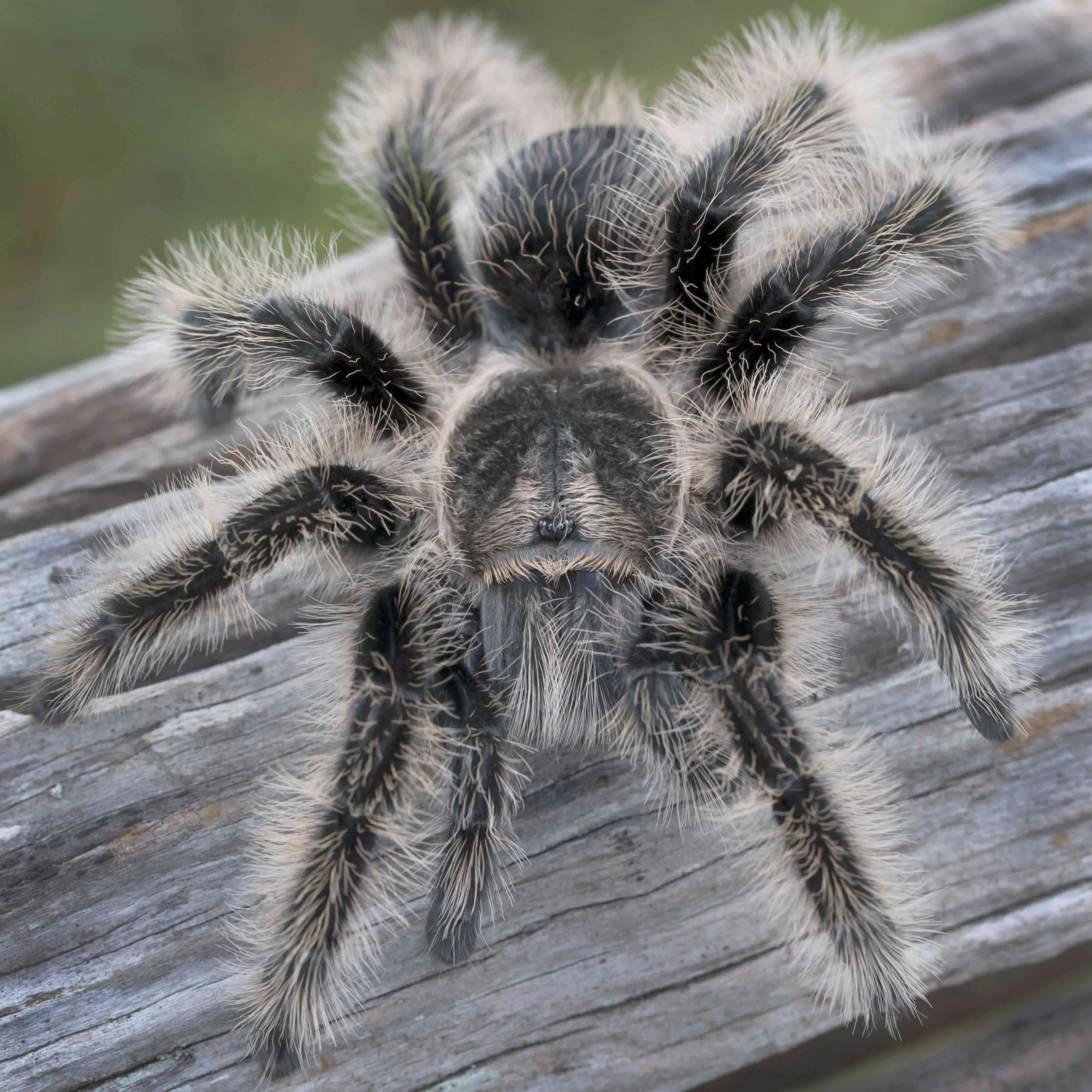
The primary purpose of hair throwing is defense. Tarantulas are preyed upon by a variety of animals, including birds, reptiles, and other mammals. The urticating hairs serve as a deterrent, causing discomfort to the predator and giving the tarantula an opportunity to escape. Additionally, these hairs can act as a form of camouflage, as they may stick to the predator and make them more visible to other potential threats. This defense mechanism is particularly effective because it does not require direct physical contact; the hairs can be flicked from a distance, making it difficult for predators to avoid them. They can be very effective for their size and strength and also cause extreme discomfort.
Identifying Species That Throw Hair
Not all tarantula species have urticating hairs. The ability to throw hair is primarily found in New World tarantulas, such as those from the Americas. Old World tarantulas, such as those from Africa and Asia, typically do not have this defense mechanism and instead rely on their bite for protection. Popular pet tarantulas like the Chilean Rose Hair and the Brazilian Black are known hair-throwers. Researching the specific species is vital before owning one, as it helps to anticipate and manage potential hair exposure. Identifying the species correctly will also help in the understanding of the necessary safety measures.
Consequences of Tarantula Hair for Humans
Exposure to tarantula hair can result in a range of reactions, from mild irritation to more severe symptoms. The effects vary depending on the individual’s sensitivity, the amount of exposure, and the specific tarantula species. Understanding these potential consequences helps in preparing for and treating exposure. Even though most reactions are not life-threatening, they can be very uncomfortable, and it is essential to take them seriously. Constant and repetitive exposure can also lead to long-term problems, so prevention is always best.
Skin Irritation and Allergic Reactions
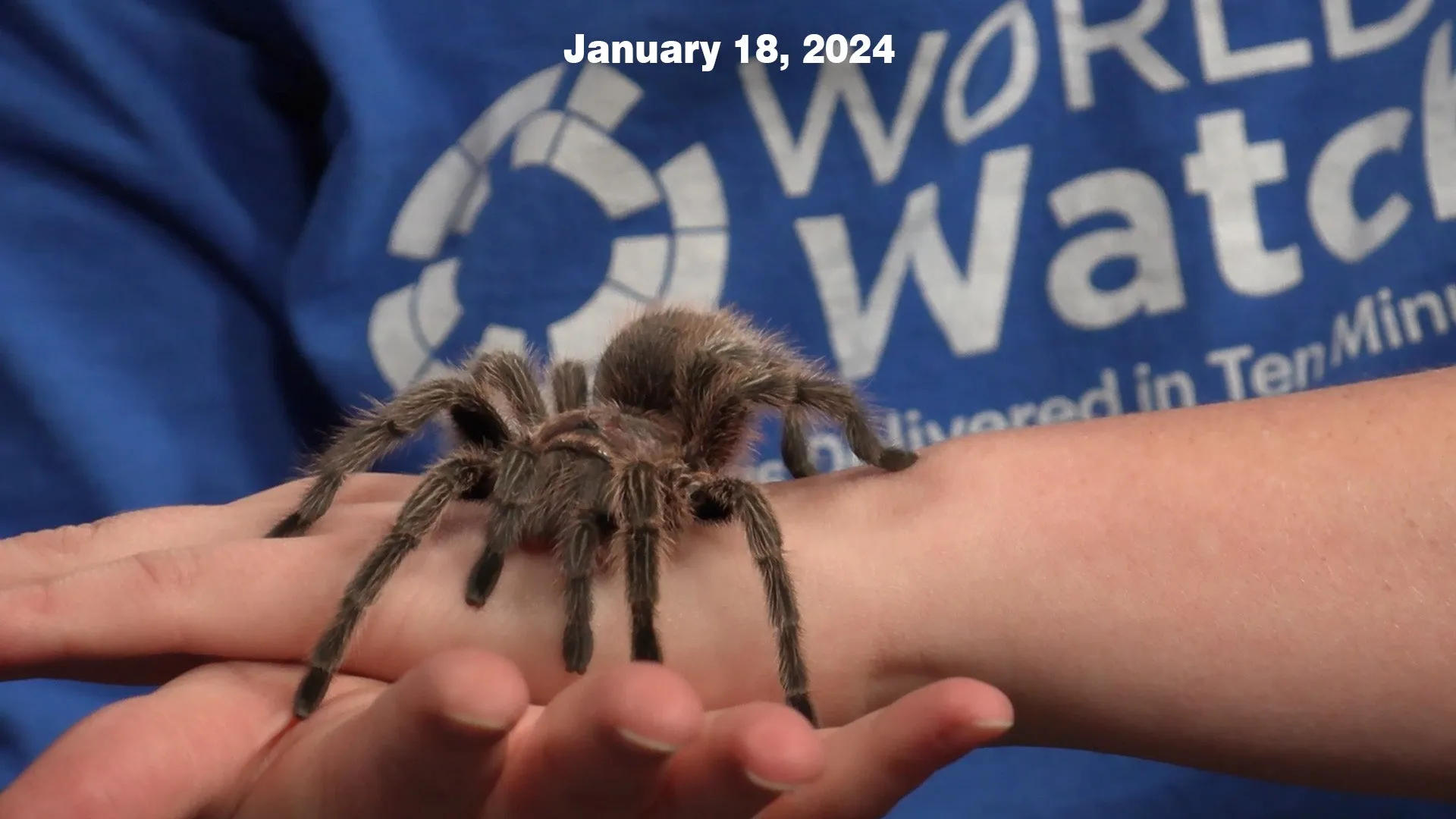
The most common reaction to tarantula hair is skin irritation. This can manifest as itching, redness, and small, raised bumps, similar to hives. For individuals with sensitive skin or allergies, these reactions can be more severe, leading to swelling and intense discomfort. In some cases, the irritation can persist for several days or even weeks. Allergic reactions may also occur, triggering symptoms such as difficulty breathing or anaphylaxis. Proper washing and hygiene are necessary, but if any serious issues arise, medical help should be needed. Always be aware of the potential for these skin issues.
Eye Irritation and Respiratory Issues
Tarantula hairs can also cause significant irritation to the eyes and respiratory system. If hairs get into the eyes, they can cause redness, tearing, and a sensation of something being in the eye. Inhaling the hairs can lead to coughing, sneezing, and difficulty breathing, particularly in those with asthma or other respiratory conditions. The hairs can also irritate the mucous membranes, leading to inflammation and discomfort. Immediate removal of hairs and seeking medical attention are necessary if serious symptoms occur. Prevention is critical, so be careful when handling or interacting with a tarantula.
Preventing and Treating Hair Exposure
Preventing and treating exposure to tarantula hair involves a combination of caution and immediate action. Regularly cleaning and maintaining the enclosure can minimize exposure, while protective clothing and proper handling techniques can further reduce the risk. When exposure does occur, flushing the affected area with water and avoiding rubbing can help prevent the spread of hairs. Over-the-counter remedies, such as antihistamines or topical creams, can provide relief from itching and irritation. Always consult a medical professional if symptoms worsen or are accompanied by other concerning symptoms. Proper preparation is key.
Minimizing Hair Exposure When Handling
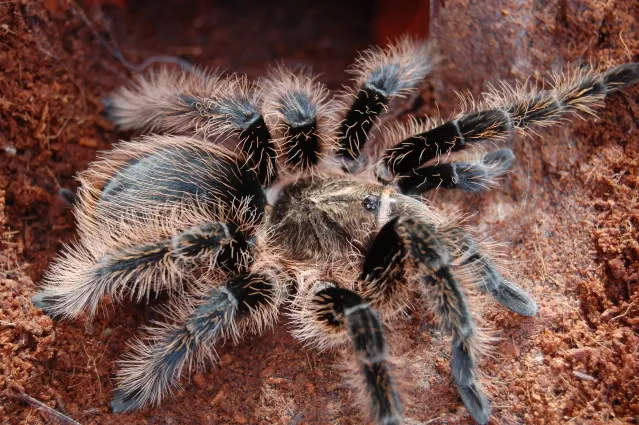
Handling tarantulas should be approached with care to minimize the risk of hair exposure. It is best to handle a tarantula only when necessary, as the act of handling can be stressful for the spider. When handling is required, proper techniques and protective gear are crucial. These practices reduce the risk of hair exposure, but also allow you to handle your pet responsibly. The main idea is that the more prepared you are, the better the experience for both you and the spider will be. The health of the spider should always be considered.
Using Proper Handling Techniques
When handling a tarantula, it is essential to be calm and deliberate. Avoid sudden movements, which can startle the spider and trigger a defensive reaction. Always support the tarantula’s body with your hands, allowing it to walk across your palm rather than trying to pick it up. Use a clear container to gently coax the tarantula into a new area, which prevents direct contact. Avoid touching the tarantula’s abdomen, where the urticating hairs are located. Be patient and allow the spider to move at its own pace, and the experience should be much safer. Being prepared is a must, but never force handling.
Choosing Appropriate Enclosure Setup
The enclosure setup can significantly impact hair exposure. Choose an enclosure with a secure lid to prevent the tarantula from escaping. A well-designed enclosure also makes it easier to clean and maintain. The substrate should be appropriate for the species and easy to clean; materials like coconut fiber are recommended. Avoid any decorations or objects that could harbor hairs and make cleaning difficult. A properly designed enclosure reduces the need to handle the tarantula frequently, minimizing the risk of hair exposure. Always consider the spider’s needs and make sure the enclosure is safe.
Regular Cleaning and Maintenance
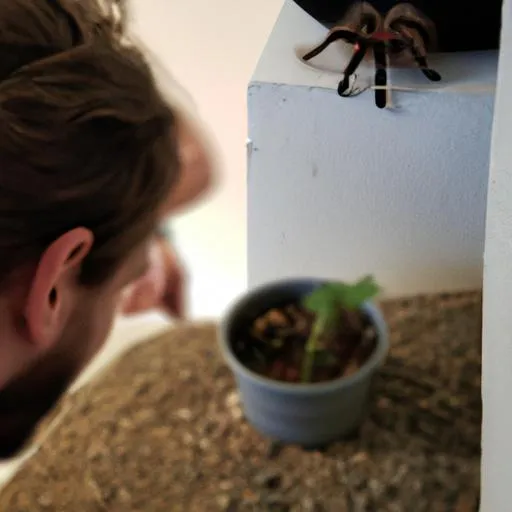
Regular cleaning and maintenance are crucial for minimizing hair exposure. Remove any uneaten food, shed exoskeletons, and other debris from the enclosure promptly. Spot-clean the substrate regularly to remove waste and potential hair accumulation. When fully cleaning the enclosure, consider removing the tarantula to a temporary container. Use a vacuum cleaner with a HEPA filter to remove hairs from the substrate and enclosure walls. Make sure to wear gloves and a mask during cleaning. Regular maintenance will result in a healthier and cleaner environment for the tarantula and the owner, and will help prevent hair-related problems.
Dealing with Hair in the Enclosure
Dealing with tarantula hair in the enclosure is an ongoing process, as it is virtually impossible to eliminate all hairs completely. Proper cleaning strategies and filtration methods are essential. The goal is to manage the hair rather than eliminate it. This approach will help in reducing the chances of irritation or allergic reactions. It is important to have a plan and the proper tools to manage the situation. Cleaning and managing these hairs is an important part of the life of a tarantula owner, so it should be learned and prepared beforehand.
Cleaning Strategies for Enclosures
The enclosure should be cleaned regularly, usually weekly. Start by removing the tarantula to a safe container. Remove the substrate and discard it. Thoroughly clean the enclosure with a mild disinfectant, making sure to rinse it well. Use a vacuum cleaner with a HEPA filter to remove any remaining hairs from the enclosure walls and decorations. Allow the enclosure to dry completely before adding new substrate. Regularly changing the substrate and decorations helps minimize the build-up of hairs. Make sure you are using safe cleaning products for the health of the spider. These steps should be done regularly.
Air Filtration and Ventilation
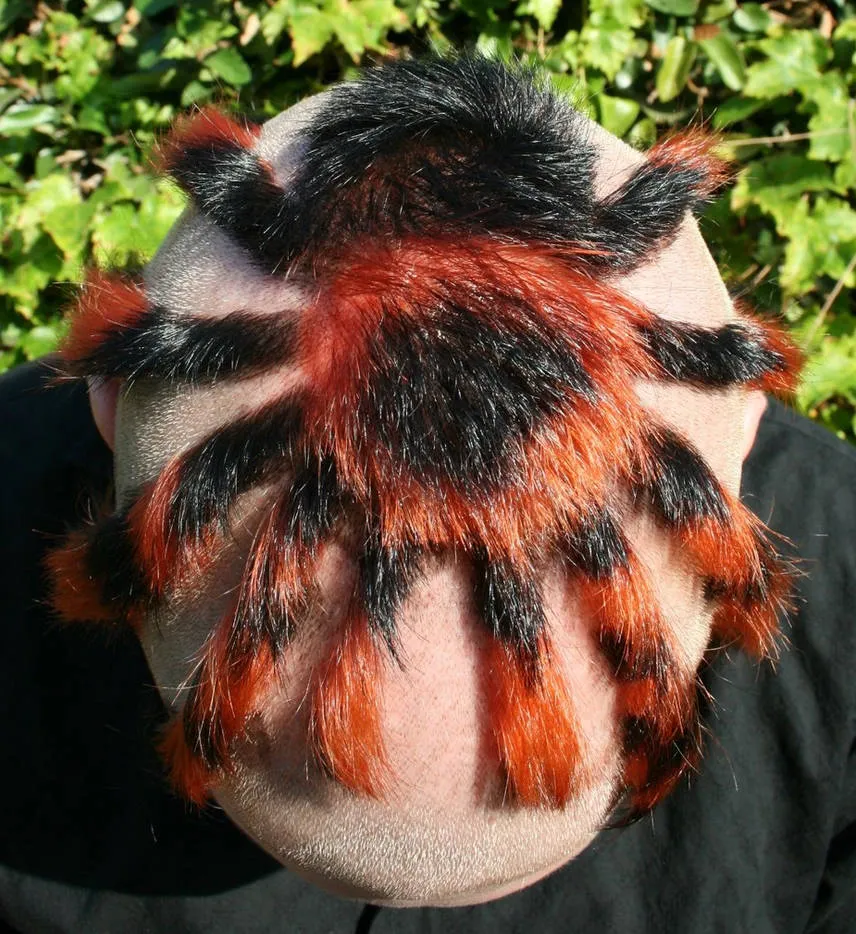
Adequate air filtration and ventilation are essential for managing tarantula hairs. A well-ventilated enclosure helps reduce the concentration of airborne hairs. Consider using an air purifier with a HEPA filter near the enclosure to capture any airborne hairs. Regularly clean or replace the filter according to the manufacturer’s instructions. Avoid using fans inside the enclosure, as they can blow hairs around. Proper ventilation and filtration improve air quality and reduce the risk of hair exposure. These steps are crucial for the environment in the enclosure and for the health of the tarantula and the owner.
Protecting Yourself from Tarantula Hair
Protecting yourself from tarantula hair involves the use of protective clothing, gear, and first-aid measures. This section outlines all the things that can be done to prepare and prevent future exposure. These steps are crucial for owners, even when handling a tarantula for maintenance and cleaning. Remember, preparedness is the most important part of being a tarantula owner. These measures should always be in place when handling your pet.
Protective Clothing and Gear
When handling a tarantula or cleaning its enclosure, always wear protective clothing and gear. Long sleeves and pants made of tightly woven fabric can prevent the hairs from reaching your skin. Gloves, preferably latex or nitrile, should be worn to prevent direct contact with the hairs. A face mask or respirator can protect your respiratory system from inhaling the hairs. Eye protection, such as safety glasses, is also recommended. Wash all clothing and gear separately after use to remove any hairs. Having these items ready to use will keep you safe from hair-related issues.
First Aid for Hair Exposure
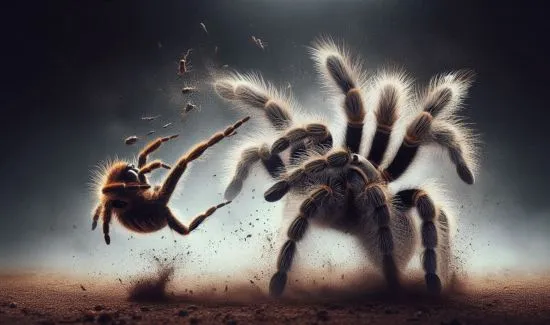
If you experience exposure to tarantula hairs, there are steps to take immediately. Rinse the affected area with copious amounts of water. Avoid rubbing the area, as this can spread the hairs. Use tape or a lint roller to gently remove any visible hairs. For skin irritation, apply a soothing cream or lotion, and take an antihistamine if necessary. For eye irritation, rinse the eyes thoroughly with water and seek medical attention if the irritation persists. If you experience respiratory issues, move to fresh air and seek medical attention if needed. If you know what to do, exposure is not that big of a deal.
Long-term Management and Care
Long-term management and care involve maintaining a safe environment for both the tarantula and the owner. With these steps, you can create a harmonious relationship with your pet. Be informed about your species, follow the precautions, and enjoy your pet. While it may seem like a lot to keep up with, these steps are necessary to being a responsible pet owner. By following these guidelines, you will be in a better position to manage tarantula hair.
